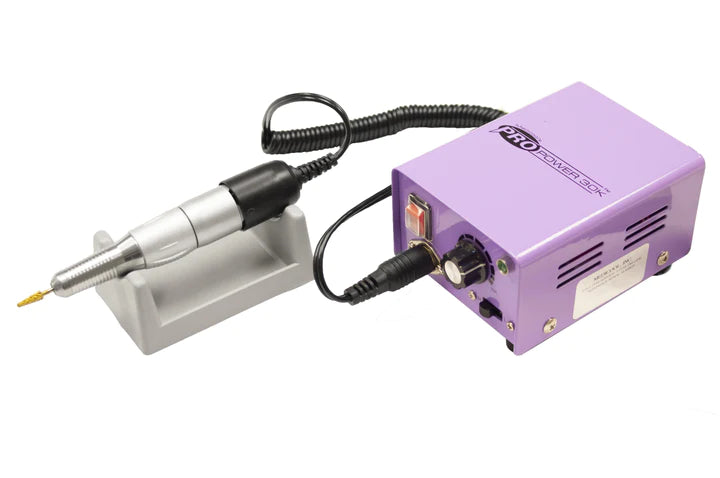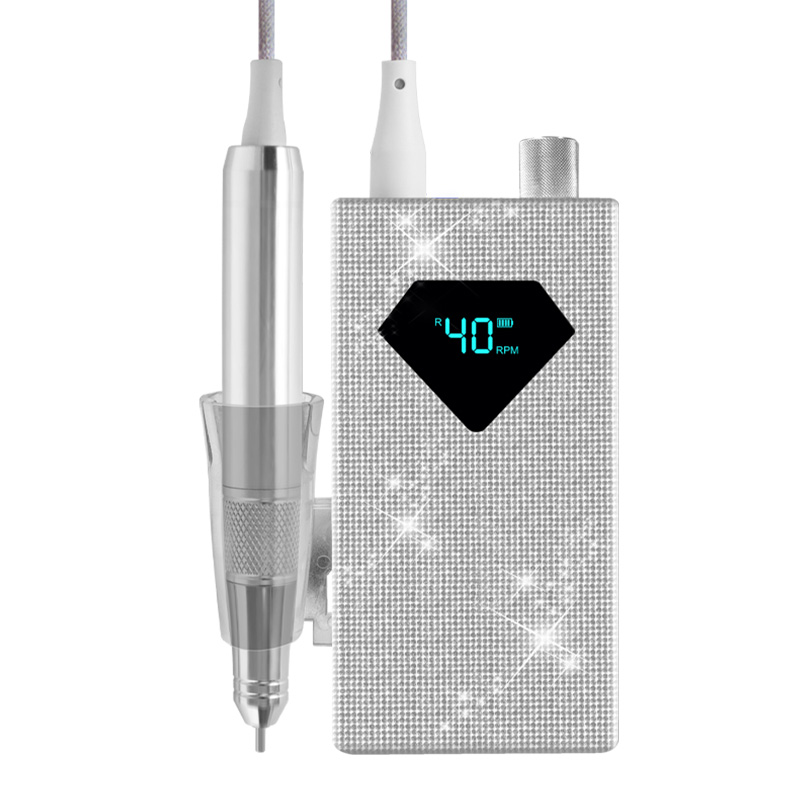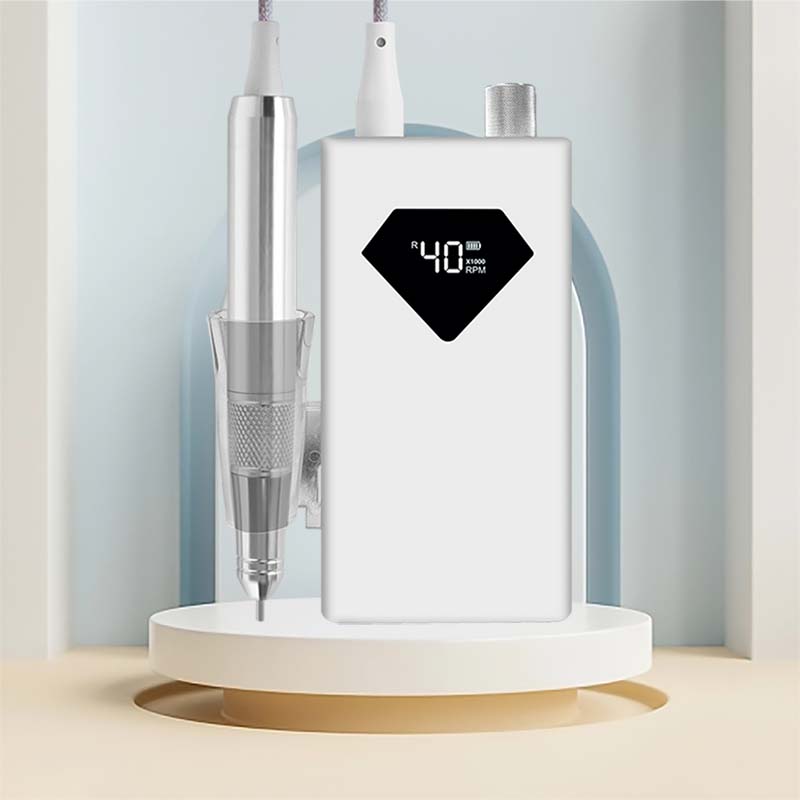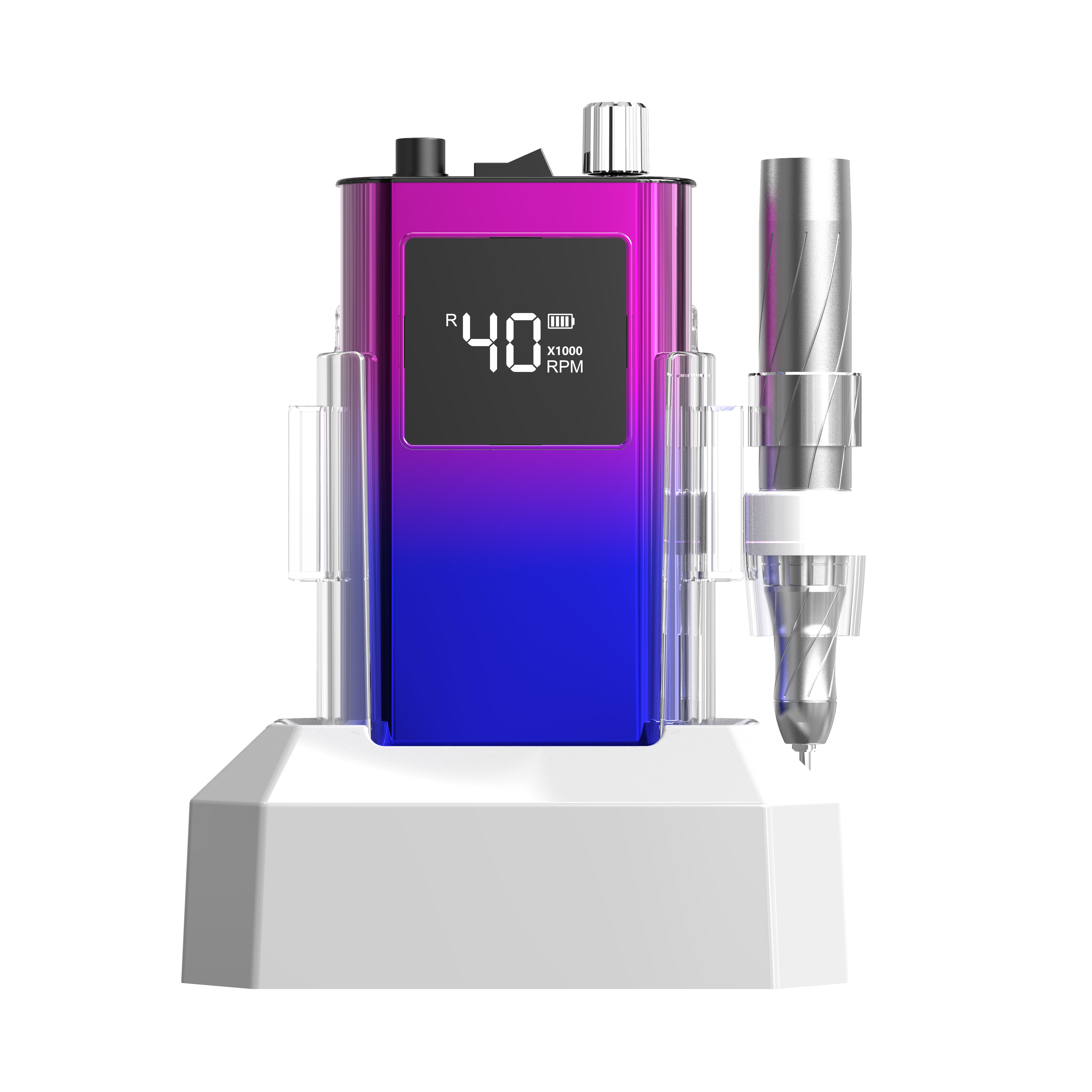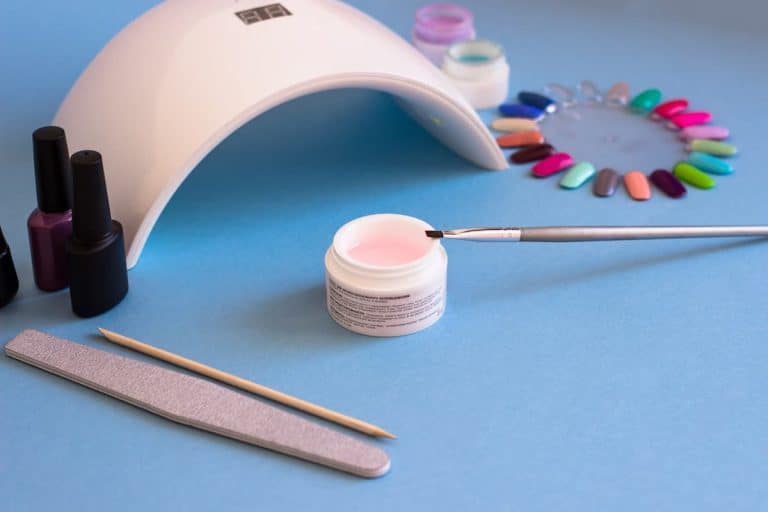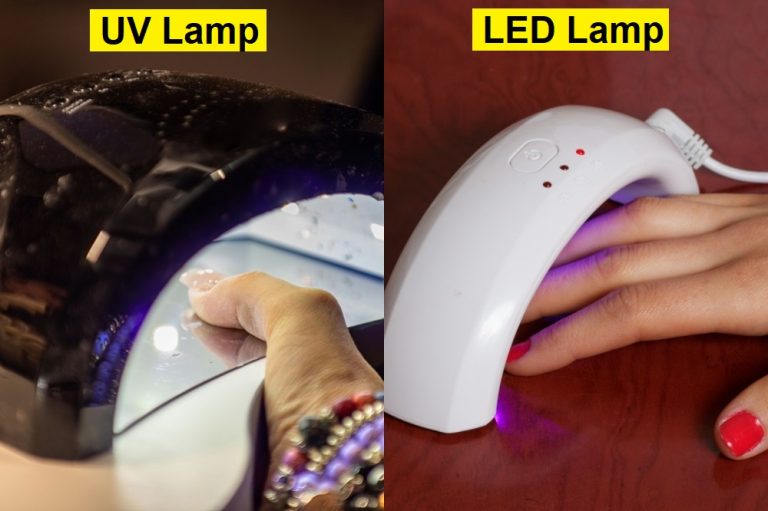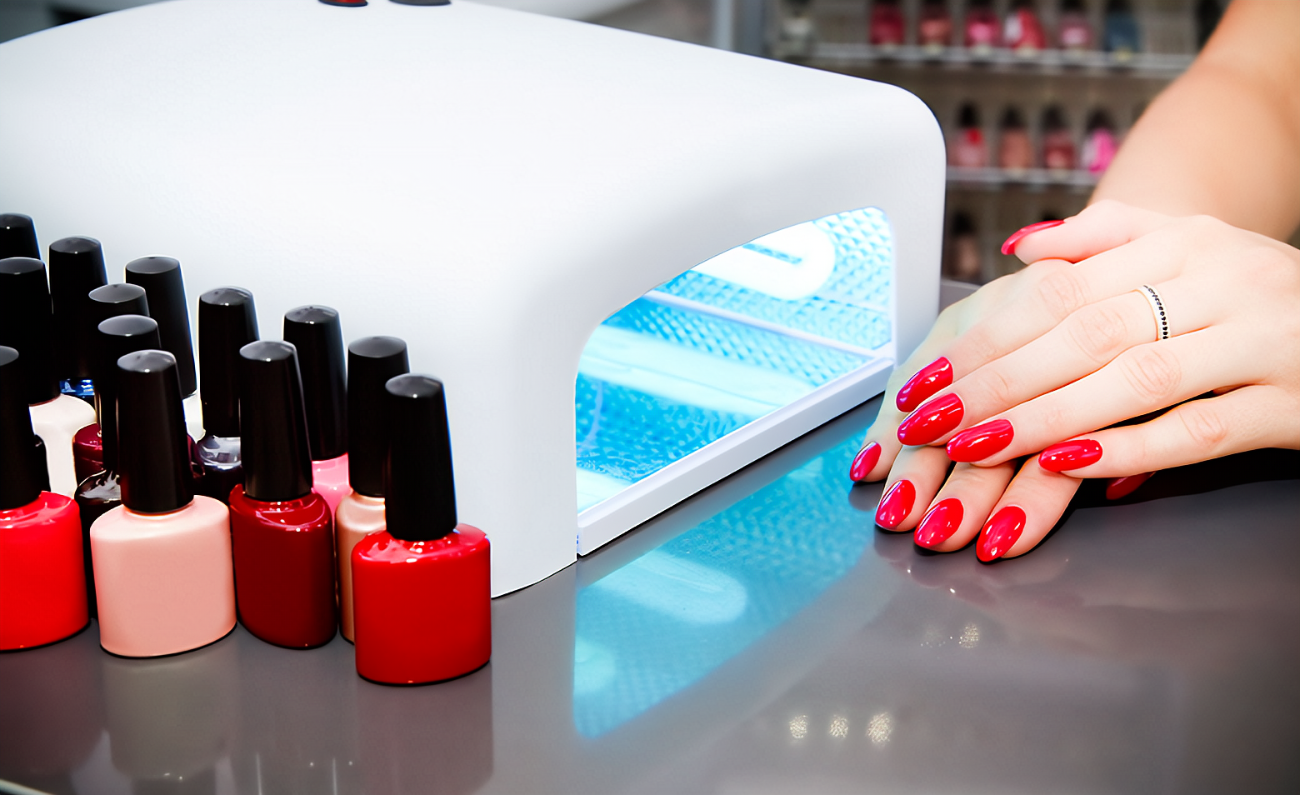Without Marie Antoinette’s favorite nail care tool: the nail file, it would be impossible to create nails worthy of showing off on Insta. As seen in our DIY dip manicure tutorial, we use electric or manual nail files to:
- Prepare nails: remove invisible cuticles, create a rough nail surface to prevent lifting, and prepare for success
- Shape/Polish: achieve your desired nail shape and manicure effect by polishing with a dip before applying the sealant
In the history of nail polish, we find that Mary E. Cobb is the inventor of the emery board file that we have seen in drugstores from childhood. Today, we go beyond history. We are discussing the basics of electric nail drills and the essence of manual nail files.
The Essentials of Electric Nail Drills
What is an electric nail drill? An electric nail drill or electronic file is an electric rotating tool used to file nails or remove nail enhancements. To complete specific tasks, the nail drill requires “bits”. These coated bits come in various grits, materials, sizes, and shapes. You can choose from carbide bits, diamond bits, ceramic bits, etc.
Carbide bits: used to cut or shape gel and acrylic nails by shaving off layers Diamond bits: used to remove product buildup by scraping the surface of the nails Ceramic bits: used for the same purpose but with less friction and heat
How to use an electric nail drill? Before you get lost in a sea of choices, let’s summarize how or when to use each bit in a basic 10-piece set of nail drill bits.
FLAME BIT: used to create apexes and clean around cuticle areas NIB BIT: used to remove hangnails, gently lift eponychium (the fold at the bottom of the nail plate), and other delicate cuticle work SAFETY BIT: used for surface and fill cuticle work, backfill cutting and shortening BALL BIT: used to clean sidewalls and under nails and prepare for backfills MICRO BALL BIT: used for safe removal of dead skin and cleaning cuticles and nails FLAT TOP CYLINDER BIT: used to remove shine from surface areas and sidewalls NEEDLE/FINE NEEDLE BIT: used to file away hard-to-reach areas, under nails, sidewalls, and backfill residue from cured gel or cuticles SILICONE BIT: used to polish the surface of nails for a smoother finish CLEANING BRUSH: used to clean the surface of nails and bits
Licensed cosmetologist and DipWell Community Educator Sine kindly reminds us:
“Electronic files do require some training, learning safety measures, and practice. Knowing how to safely use an electric nail drill and its bits is crucial in avoiding nail damage. If you are using an electric file and it starts causing pain, stop immediately. If used correctly, this should not happen. You never want to use an electronic file on natural nails. Natural nails should only be filed lightly with a 180 grit or higher file.”
If you are a DIY dip manicure newbie, we recommend sticking with manual nail files. However, if you are passionate about enhancing your nail care routine with an electronic file, then the importance of learning, learning, learning cannot be overstated. Please refer to your nail drill’s manual. Learn how to set up your electric nail drill including safety tips. You can also head over to YouTube to watch “How To Use A Nail Drill” tutorials. Thoroughly understanding how to operate an electric nail drill will prevent damage to your nails as well as possibly having to see a doctor. Safety is always better than regret.
The Essence of Manual Nail Files
What is a manual nail file? This is the most user-friendly type of nail file that comes in many forms.
Emery boards: The most common type of manual nail file made from cardboard with different grits on either side. Wooden files: These are similar to emery boards but are made from wood instead of cardboard. They also come in different grits. Buffing blocks: They come in various grits and sizes (regular and mini). Metal files: These manual files are made from stainless steel and may be a bit rough for natural nails. They are better suited for enhanced nails. Sponge boards: These are super-thick buffer manual files with no paper backing. They come in multiple coarse grits and can be disinfected. Choosing the right manual file for you depends on your needs with the grit of the file being the main criterion.
What is the grit of a nail file? “The grit of a file refers to how abrasive it is on your nails. You need to choose the right grit so that you don’t damage your natural nail bed,” says licensed cosmetologist Sine. How do you know if the grit of a file is low or high? Place your finger on the file and feel the particles. Low grit files are more abrasive while high grit files are smoother.
She also recommends the following guide:
Low grit: for artificial nail enhancements High grit: for natural nails File grit ranges from low at 80 (coarse) to high at 1000+ (ultra-fine).
Here is a handy chart to list it all out.
Nail File Grit Guide
What types of manual nail files are there? If these file grit numbers look daunting, don’t let them overwhelm you. DipWell’s Community Educator Sine says that DIY enthusiasts need to use four types of nail files.
Coarse files (80-100 grit): used to shape acrylic or gel nail enhancements and file down thickness and length These manual files have fewer sand particles, so they are very abrasive manual files and not recommended for use on natural nails.
Medium files (180 grit): used to lightly buff dip, acrylic, or gel enhancements and file the free edge of natural nails These files are less abrasive because they contain more sand particles. But like coarse files, they are also not recommended for buffing natural nails.
Fine-grit files (240-600 grit): used to smooth and refine dip, acrylic, wraps, and gel. They are also great for removing natural oils and invisible cuticles. These manual files are the least abrasive and soft enough to gently buff natural nail beds without thinning them out and causing nail damage.
Ultra-fine-grit files (600-2400 grit): used to create high shine on natural nails and enhanced nails, making them look like they have a topcoat on When you run your fingers over these files, they will feel smooth. They can also be used to prepare the surface of natural nails for buffing, polishing, shaping, and removing ridges and stains.
Electric Files vs Manual Files: Which DIY Manicure Tool Should You Choose?
The truth is: you don’t really need an electronic file. You can achieve amazing results with just the right manual nail files and buffers. But nail professionals and experienced DIY enthusiasts definitely prefer electric files because if used correctly, they can prepare and shape nails faster, although mastering them does take time.
With iks beauty’s custom manicure service, you can achieve the perfect manicure without having to worry about choosing between electric or manual nail files. Our experienced professionals will take care of everything for you! 😊

